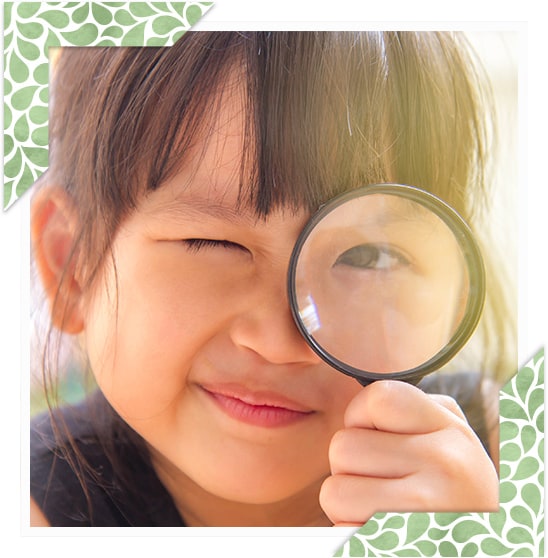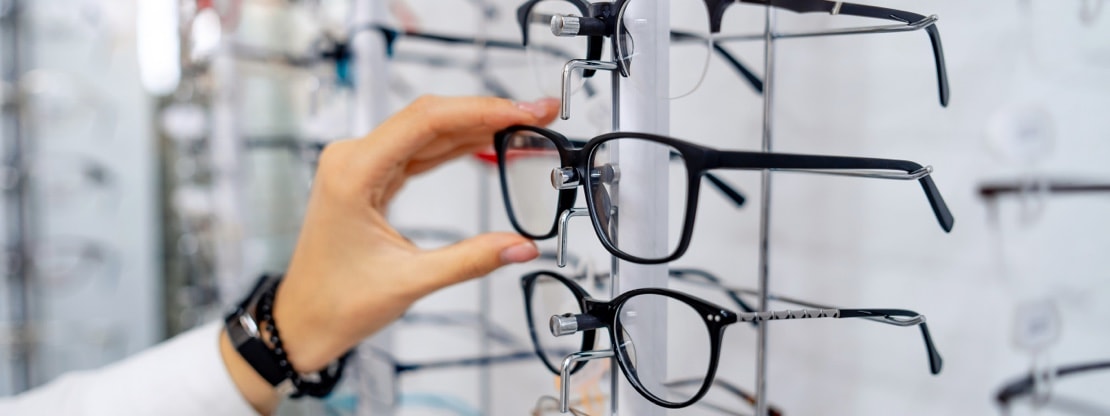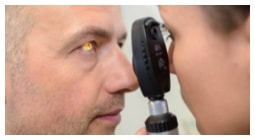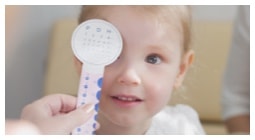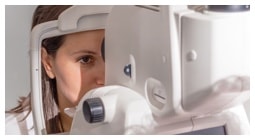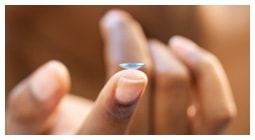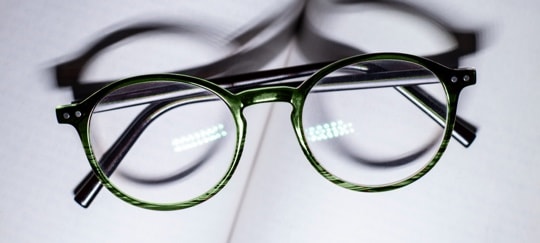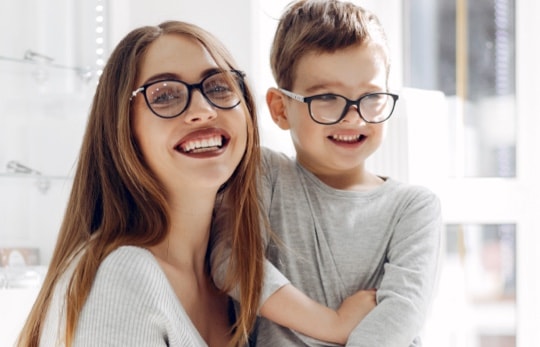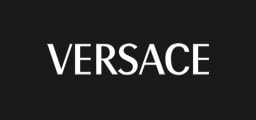When Does my Child Need an Eye Exam?
We recommend following the guidelines for children’s eye exams laid out by the American Academy of Ophthalmology. This schedule is based on the average child’s eye development over time and allows us to responsibly monitor their eyes as they mature. A child’s eyes should be checked even if they don’t have any symptoms of eye problems; a young child may not even realize that their vision is changing.
Your child should have their eyes examined at the following ages:
6 Months to a Year Old
At this point in an infant’s life, simple tests are usually enough. We will:
- Test their pupils & blink response
- Check to see how their eyes react to light
- Visually inspect their eyes
- Check for healthy eye alignment and movement
1 to 3 Years Old
Here, we’re primarily checking on how a toddler’s eyes are developing as they grow. We’ll again perform the tests that are normally given to infants under a year old. Depending on how their eyes are looking, we may do more exams.
3 to 5 Years Old
At this point in a child’s life, we often perform a visual acuity test as soon as the child can read an eye chart. We typically look for signs of numerous problems, including refractive errors like near-sightedness (myopia), farsightedness (hyperopia), and astigmatism. Our eye doctors will also want to check for eye alignment to make sure the eyes move in a coordinated manner.
Older Than 5 Years old
At 5 years old, a child should undergo another visual acuity and eye alignment test. If a child is going to develop myopia, it is often about this age that there are visible signs of the change.
After reaching 5 years old, we recommend that children and adolescents get their eyes examined annually.


